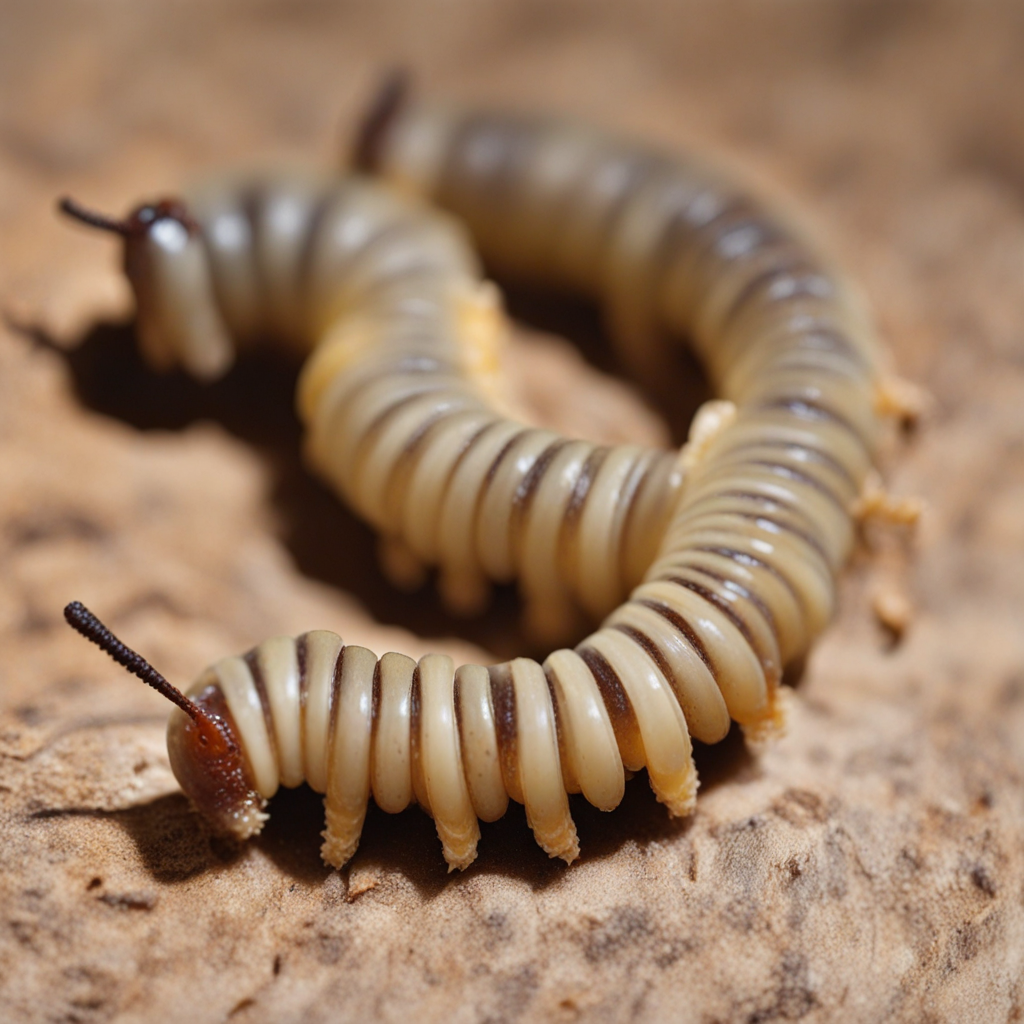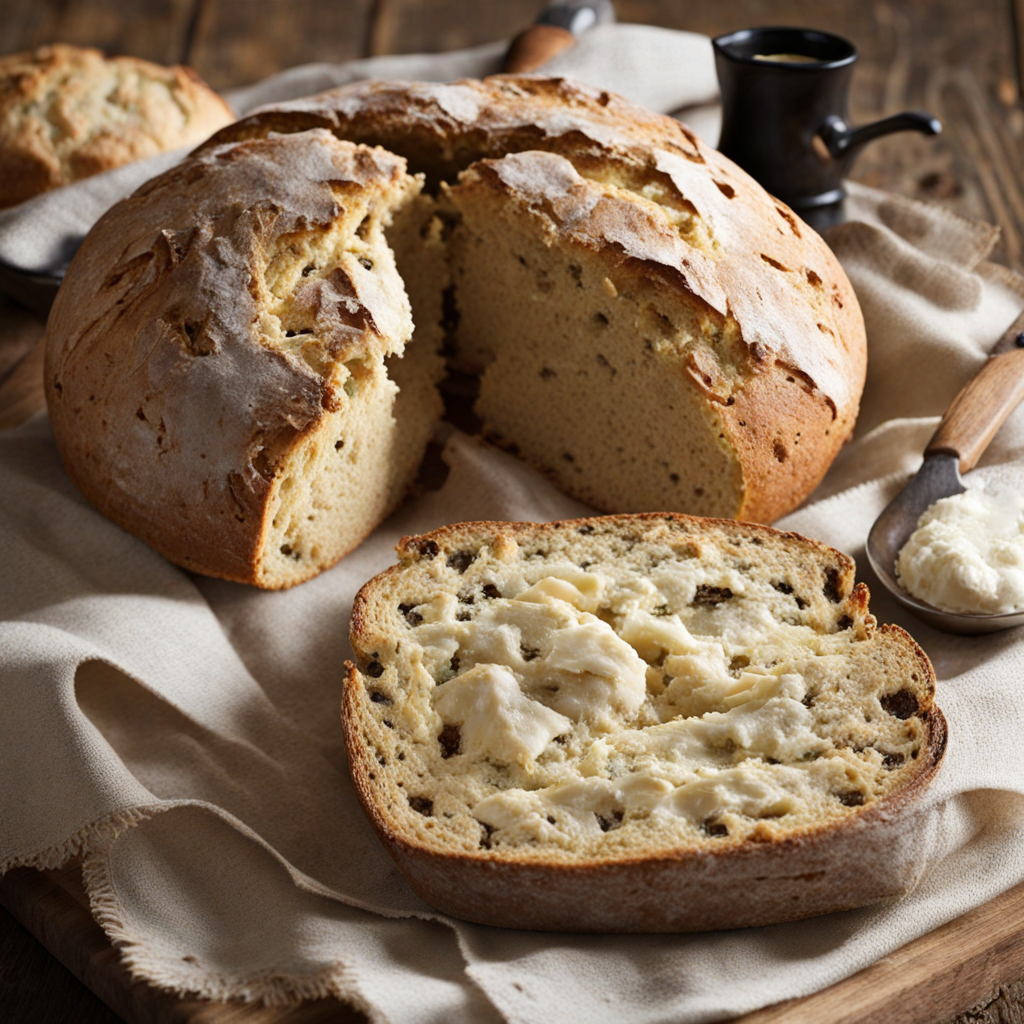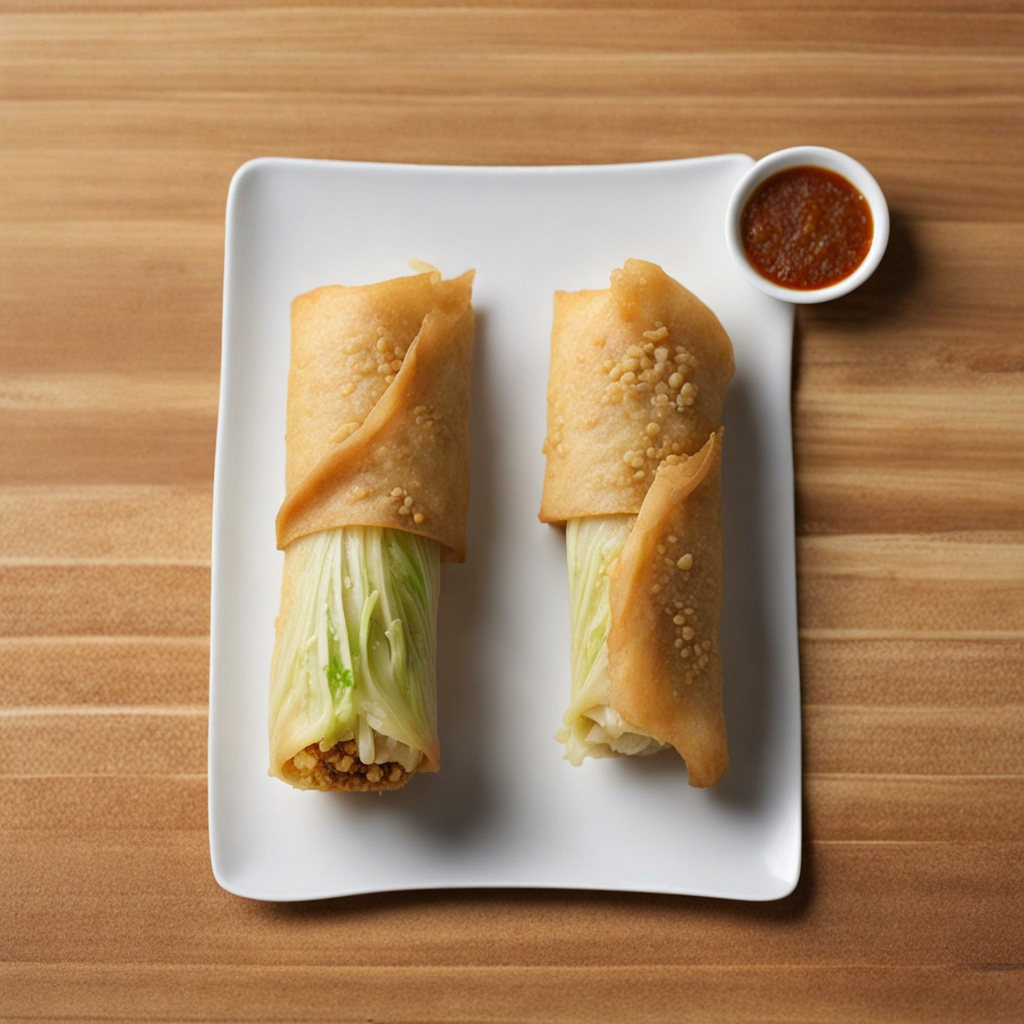Witchetty Grub
Witchetty grub is a traditional Australian bush tucker that offers a unique taste experience, often surprising to those unfamiliar with it. These large, white larvae are the larvae of several moth species, commonly found in the roots of witchetty bush trees. When cooked, they develop a slightly crunchy exterior while the inside becomes soft and creamy, reminiscent of a cross between a nutty almond and a rich, buttery filling. This unexpected combination of textures and flavors makes witchetty grub a delicacy that is both intriguing and satisfying for adventurous eaters. In terms of preparation, witchetty grubs can be eaten raw, but cooking them enhances their flavor and texture. Traditionally, they are either roasted over an open fire or lightly pan-fried, which caramelizes the exterior and brings out a deeper, earthy flavor. Many Indigenous Australians have enjoyed these grubs for thousands of years, often incorporating them into meals alongside other bush foods. Their high protein content and nutritional value make them a sustainable food source, highlighting their significance in Australia’s culinary heritage. For those seeking to explore new tastes, witchetty grub offers a fascinating connection to the land and its history. The experience of tasting this bush food is not just about flavor; it’s about engaging with Indigenous culture and appreciating the natural resources of Australia. As you bite into a witchetty grub, you embark on a culinary journey that connects you to the ancient traditions of the continent, making it an unforgettable addition to your food exploration.
How It Became This Dish
The Witchetty Grub: A Culinary Journey Through Time and Culture The Witchetty grub, a staple of Indigenous Australian cuisine, holds a significant place not only in the diet of Aboriginal Australians but also in the broader narrative of Australian food history. This fascinating food item, which refers to the larvae of various moth species, especially the Cossid Moth, has been consumed for thousands of years, representing both sustenance and cultural identity. #### Origins and Traditional Use The origins of the Witchetty grub are deeply intertwined with the Indigenous Australian peoples, particularly those from central and northern Australia. The name "witchetty" is derived from the word "wichetty," which was used by the Yolŋu people of Arnhem Land. For many Aboriginal groups, the Witchetty grub is more than just food; it is an integral part of their cultural identity, spirituality, and connection to the land. Witchetty grubs thrive in the roots of particular trees, especially the Witchetty bush (Acacia) and the Gidgee tree (Acacia pruinocarpa). The grubs can be found by digging into the ground where these trees grow, revealing a rich source of protein and energy. For Indigenous Australians, the process of finding and consuming Witchetty grubs is often a communal activity, filled with stories and teachings about the land. Historically, the Witchetty grub has been a vital source of nutrition, particularly in arid regions where food sources may be scarce. The grubs are rich in protein, fat, and essential vitamins, making them an important dietary staple. They are usually consumed raw, but cooking methods include roasting them over an open fire, which enhances their nutty flavor and makes their texture more palatable. #### Cultural Significance The Witchetty grub embodies a wealth of cultural significance. For many Indigenous Australians, food is not merely a means of sustenance; it is a way to connect with their ancestors and the stories of the Dreamtime, the Aboriginal cosmology that explains the origins of the land and its people. The act of gathering Witchetty grubs is steeped in tradition, often accompanied by songs, dances, and storytelling that reinforce communal bonds and cultural knowledge. Moreover, the Witchetty grub serves as a symbol of survival and resilience. The ability to find and consume native foods like the grub has been crucial in maintaining cultural practices and identity in the face of colonialism and modernization. The transmission of knowledge about traditional foods has become a key aspect of cultural preservation, allowing younger generations to connect with their heritage while also promoting the importance of sustainable practices. #### Development Over Time As Australia opened up to European colonization in the late 18th century, the Witchetty grub faced both challenges and transformations. Early European settlers were often unaware of Indigenous food practices and viewed them with skepticism. However, some adventurous settlers began to recognize the nutritional benefits of the Witchetty grub, gradually integrating it into their diets. The 20th century saw a renewed interest in native Australian foods, often referred to as "bush tucker." This movement was fueled by a growing awareness of sustainability and the importance of indigenous food systems. The Witchetty grub became emblematic of this trend, celebrated for its unique flavor and nutritional profile. Chefs and food enthusiasts began to experiment with traditional ingredients, incorporating Witchetty grubs into modern dishes and showcasing them at gourmet restaurants. In contemporary Australia, the Witchetty grub is often featured in food festivals, bush tucker tours, and educational programs that aim to highlight the significance of Indigenous cuisine. This revival has not only reintroduced the grub to a broader audience but has also sparked discussions about food sovereignty, cultural appropriation, and the importance of respecting Indigenous knowledge. #### Contemporary Culinary Uses Today, Witchetty grubs can be found in various culinary contexts, from fine dining establishments to casual eateries. Chefs have embraced the grub's unique flavor and texture, incorporating it into dishes ranging from gourmet tacos to sushi, showcasing the versatility of this traditional food. The challenge for modern chefs lies in honoring the cultural significance of the Witchetty grub while also appealing to contemporary palates. In addition to its culinary applications, the Witchetty grub has become a symbol of Australian identity, embodying the complex interplay between Indigenous practices and modern food culture. As Australians become more aware of their culinary heritage, there is a growing appreciation for native ingredients, prompting a shift towards sustainable and ethical eating practices. #### Environmental and Ethical Considerations The rise in popularity of the Witchetty grub and other native foods also brings with it ethical and environmental considerations. The harvesting of Witchetty grubs must be done sustainably to ensure that their populations remain stable and that the ecosystems in which they thrive are protected. Indigenous Australians have long practiced sustainable harvesting methods, and their knowledge is invaluable in promoting ecological balance. Moreover, as the interest in Indigenous foods grows, it is crucial to approach this culinary exploration with respect and understanding. Acknowledging the cultural significance of the Witchetty grub and other native foods is essential to avoiding cultural appropriation and ensuring that Indigenous communities benefit from the resurgence of interest in their traditional practices. #### Conclusion The Witchetty grub is a remarkable food that not only nourishes the body but also nourishes the spirit and connects people to their heritage. Its journey from a staple food of Indigenous Australians to a celebrated ingredient in contemporary cuisine reflects the evolving narrative of Australian food culture. As we continue to explore and appreciate the richness of Indigenous culinary traditions, the Witchetty grub stands as a testament to resilience, sustainability, and the enduring connection between food and identity. The future of the Witchetty grub, intertwined with that of its Indigenous custodians, promises a deeper understanding of Australia’s culinary landscape, enriching our appreciation of the foods that define us.
You may like
Discover local flavors from Australia







